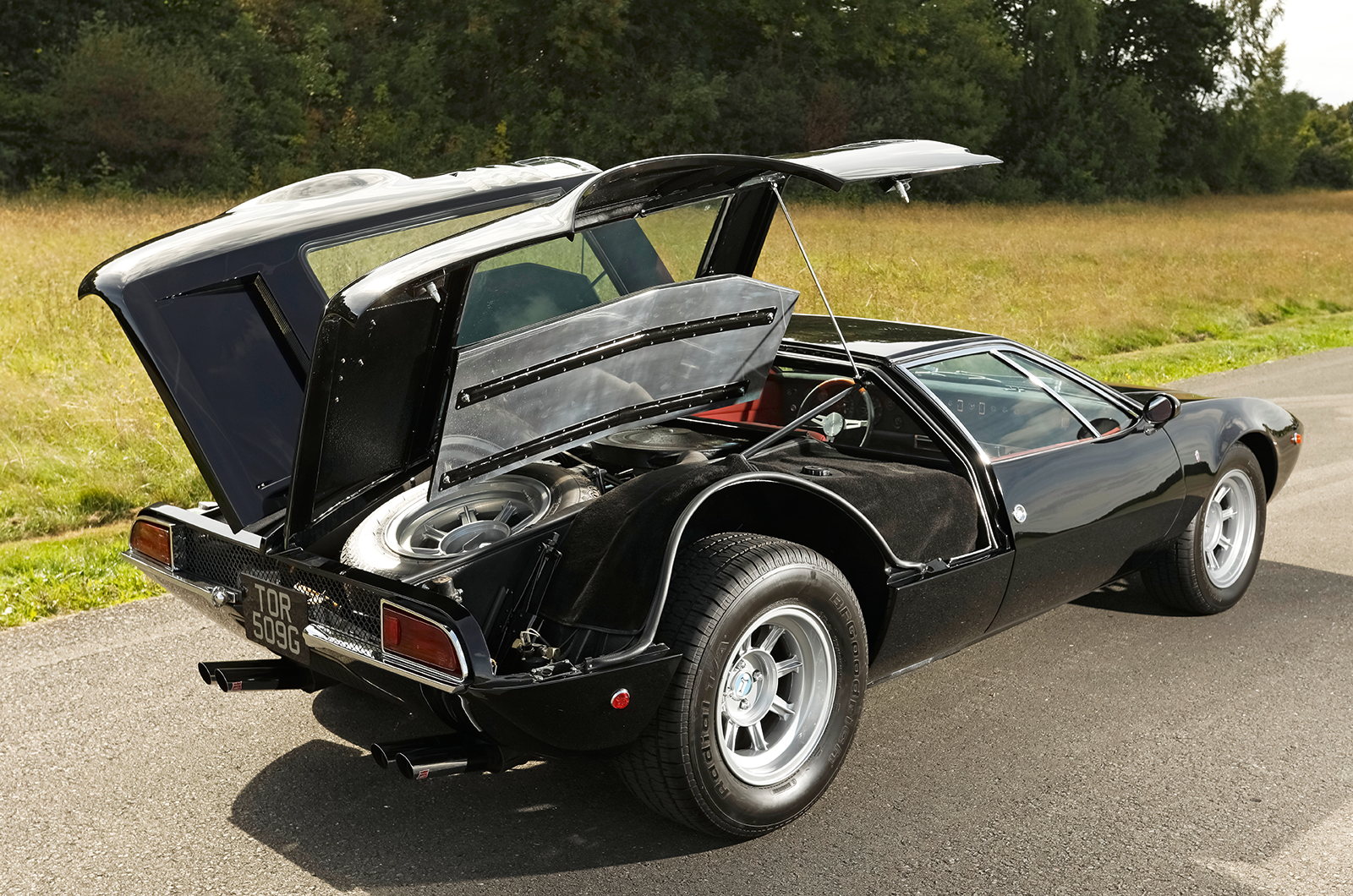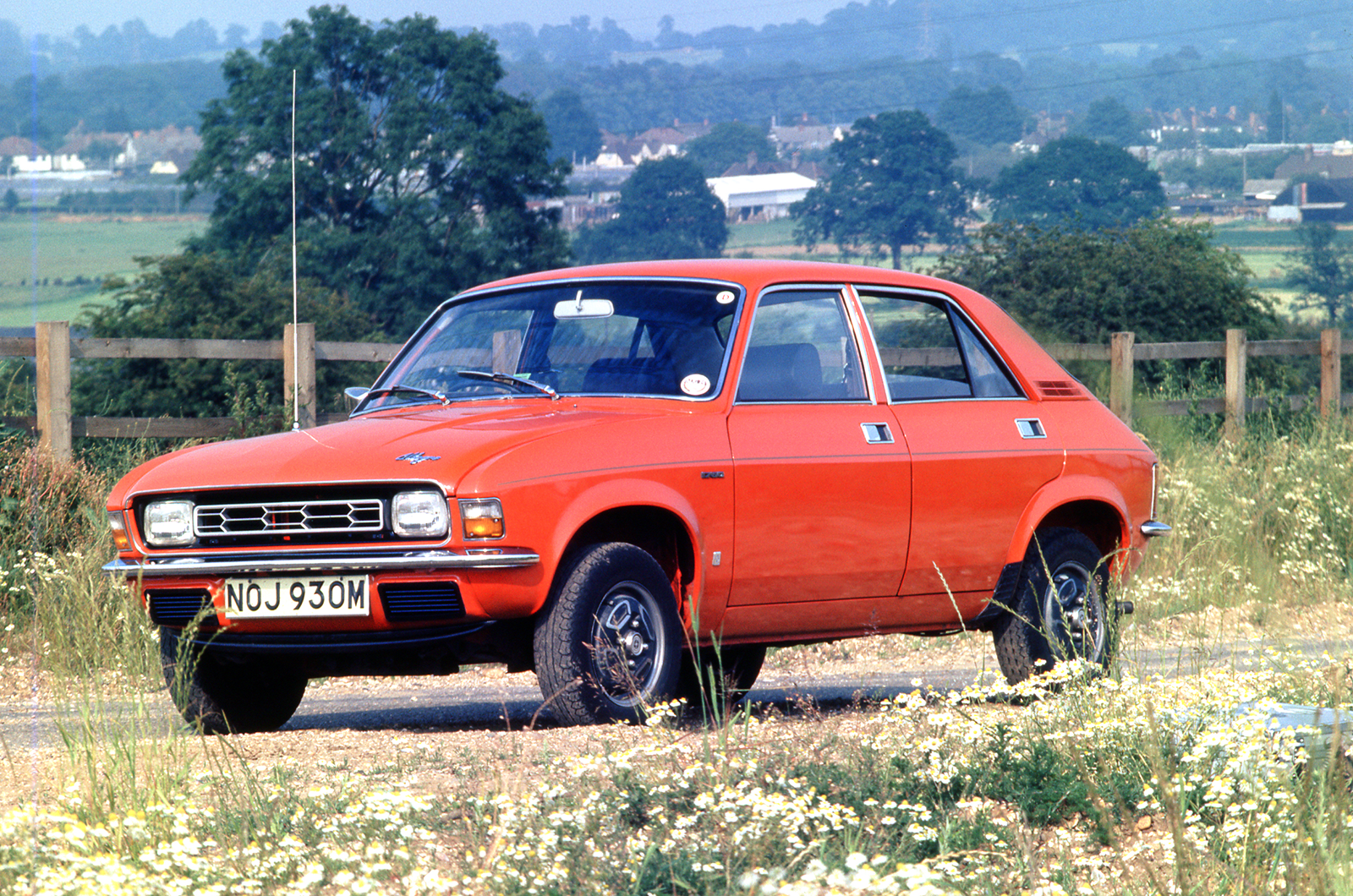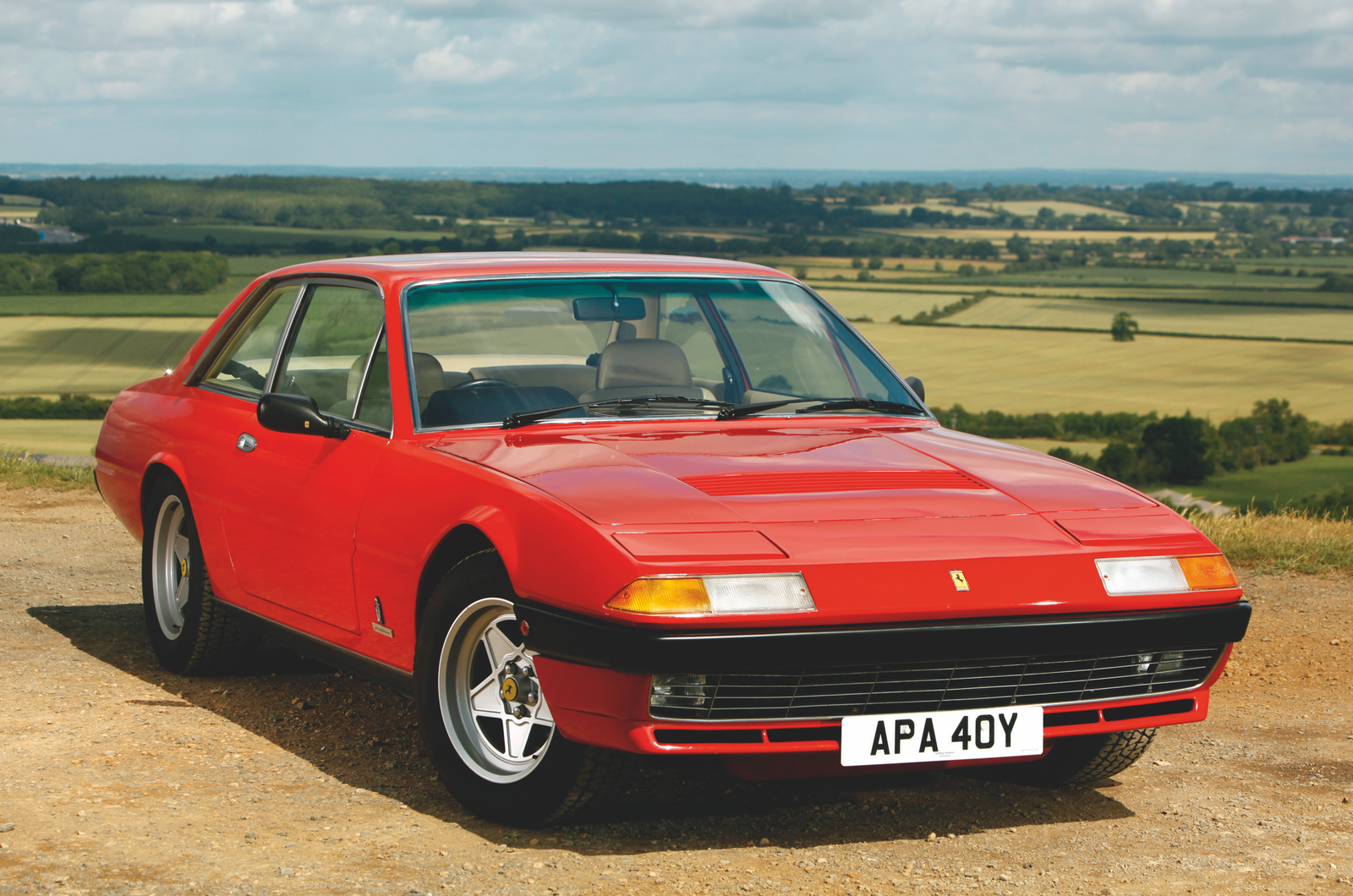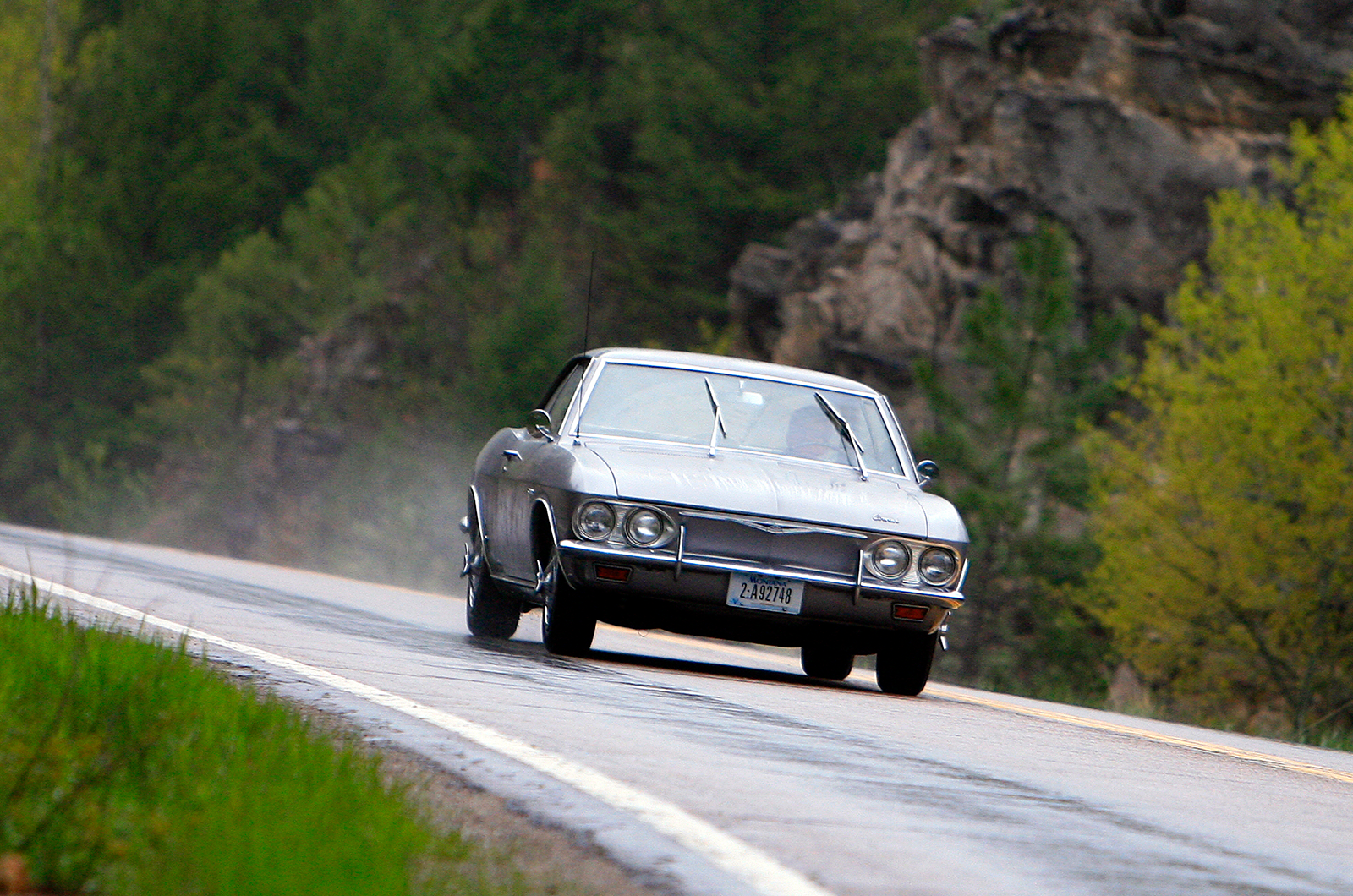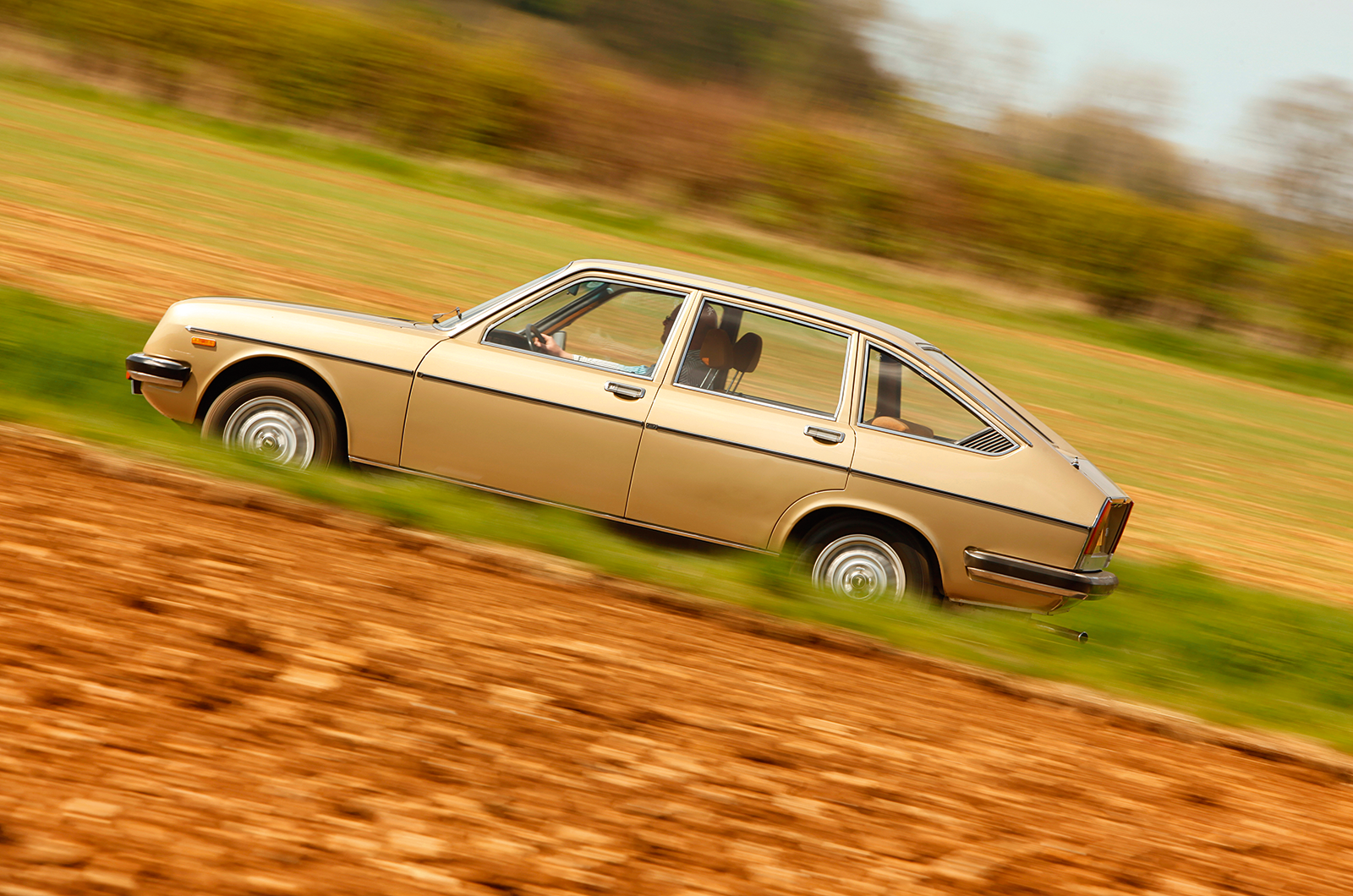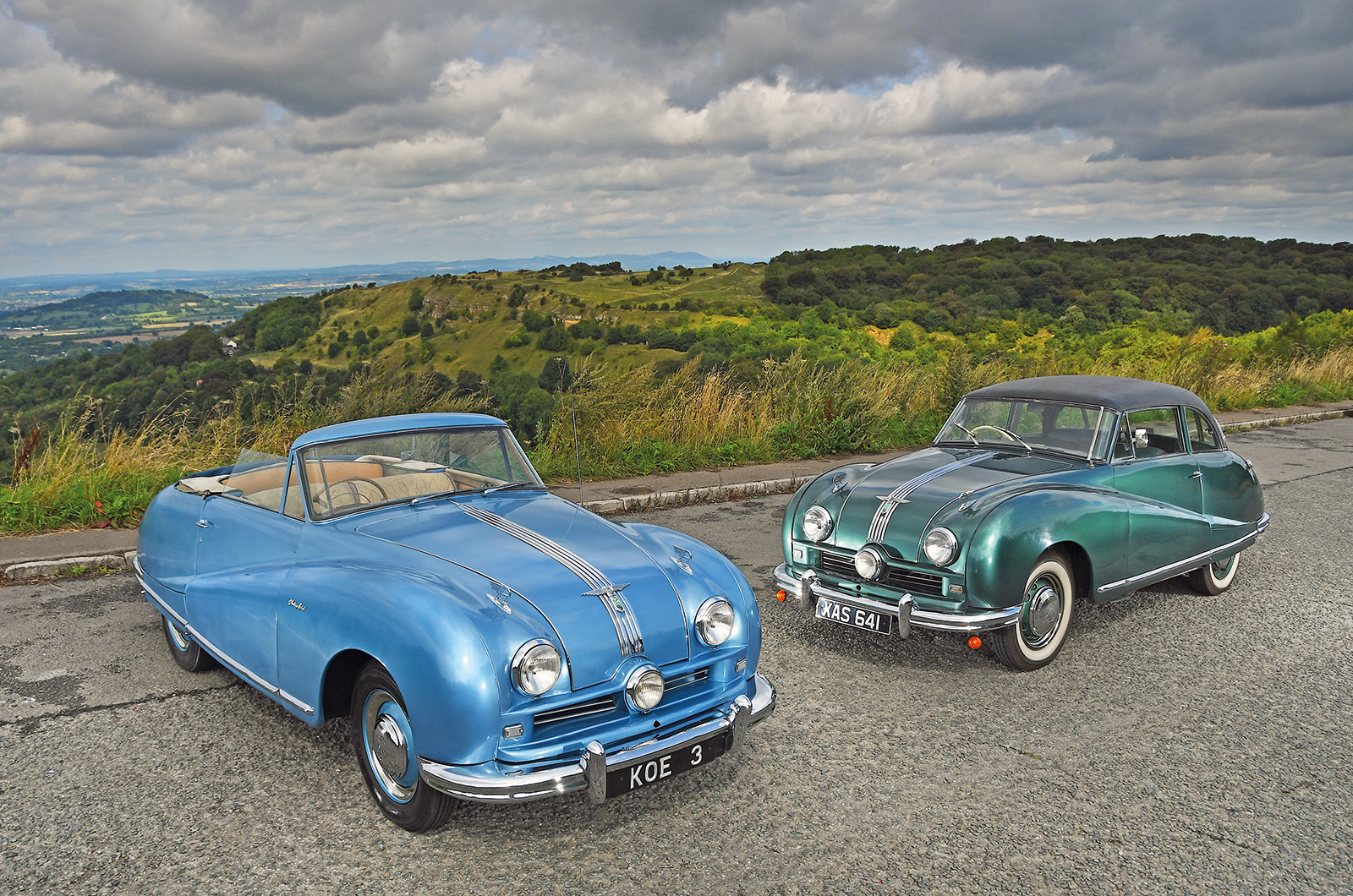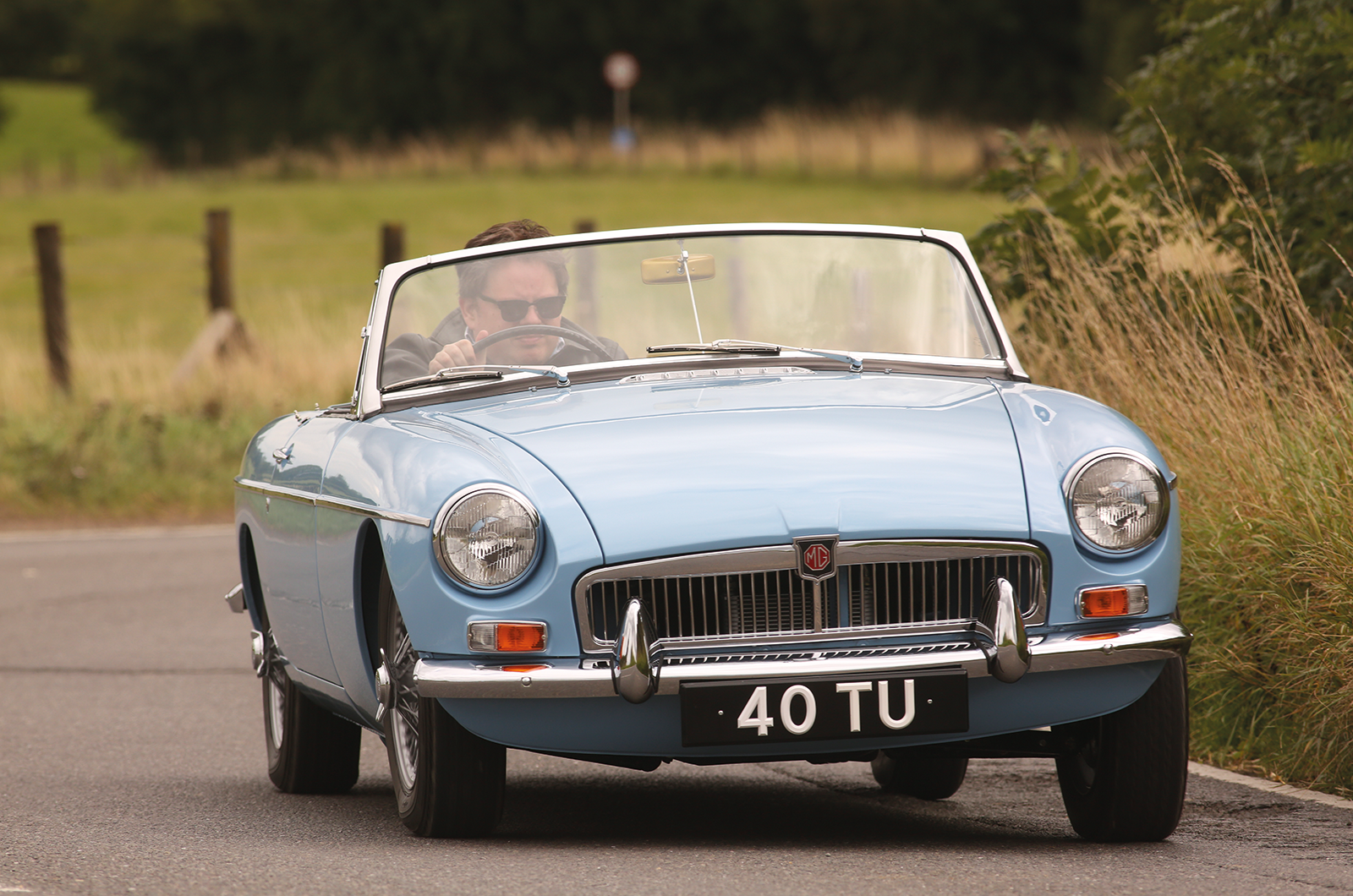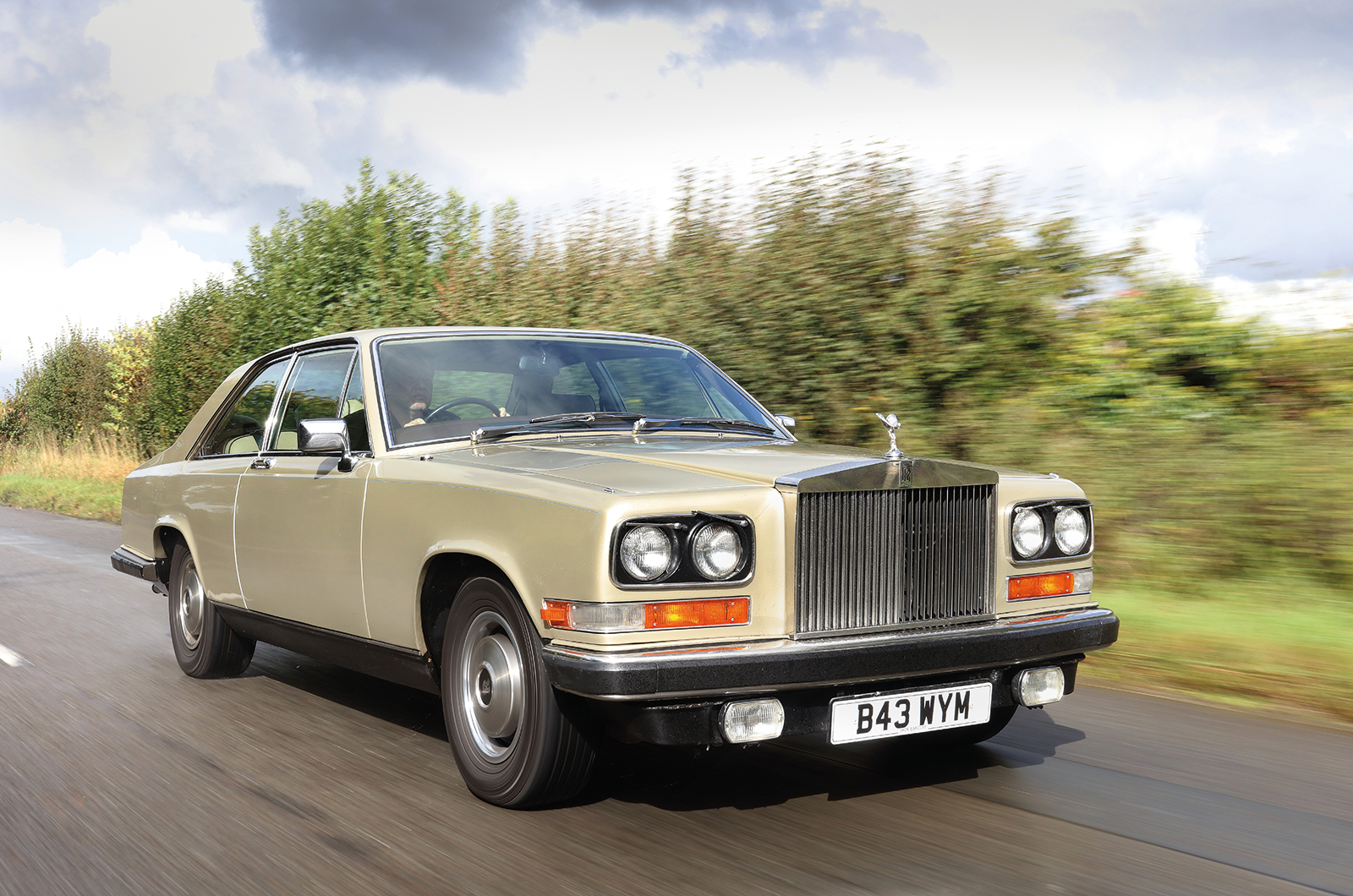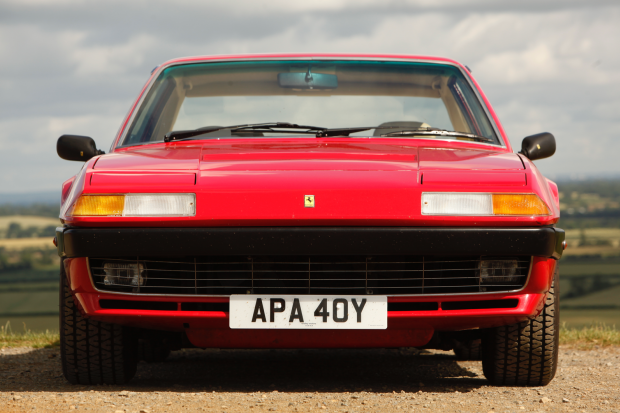
How bad, really, are the cars we are continually told were rubbish?
All 10 in our list of misunderstood motors get a regular roasting, but in reality many were no worse than their contemporaries – they just ended up as the fall guys through either bad luck or bad press.
Sounds like it’s time to set the record straight, then…
1. Edsel
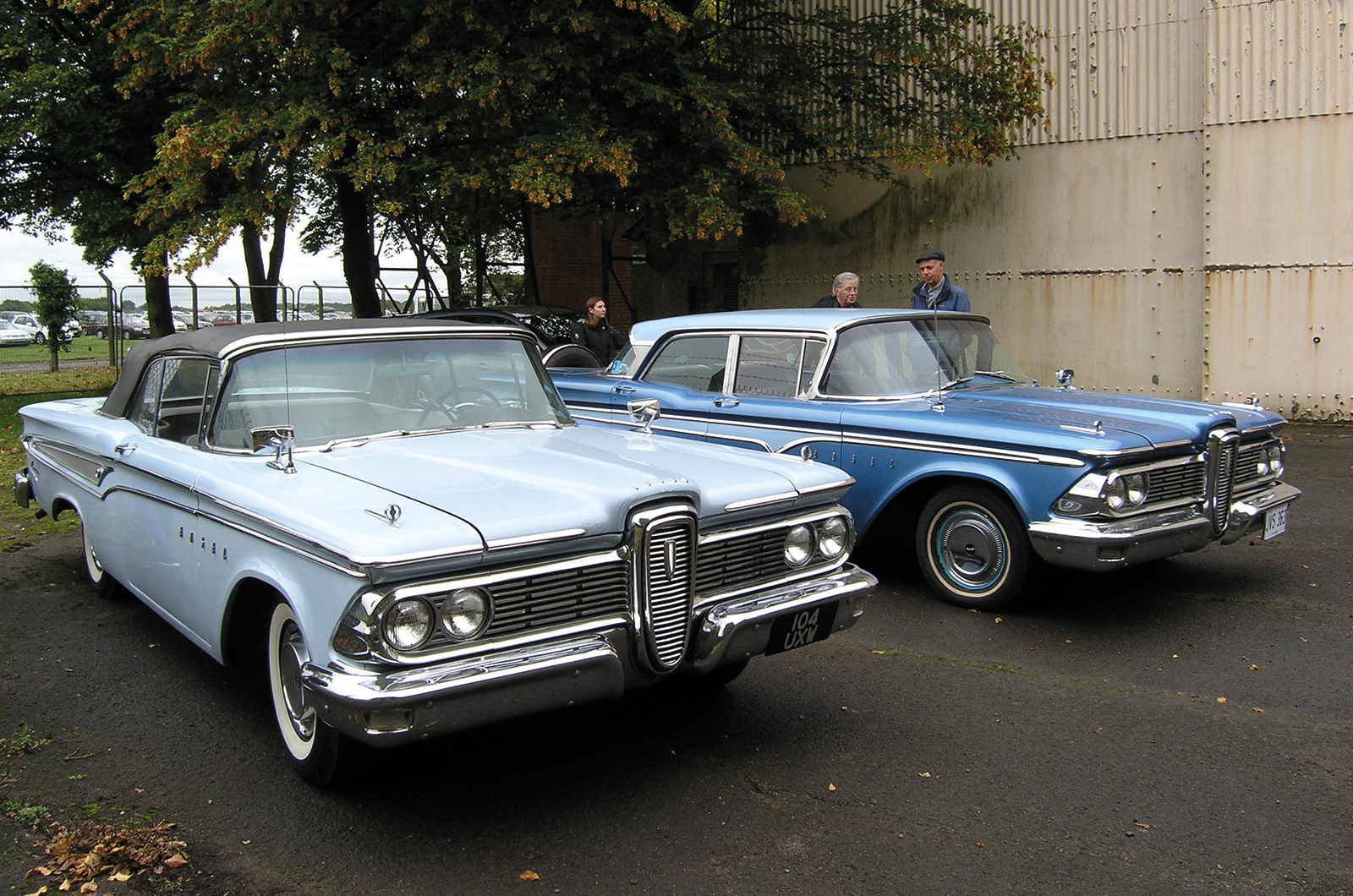
It’s easy to confuse the misguided conception and embarrassing failure of Ford’s Edsel project with the product itself.
The idea was reasonable: in the face of competition from GM, with its plethora of different brands and market coverage, Henry Ford II saw the need for a supplementary marque.
Exclusively V8-powered, the Edsel range came with all kinds of wondrous power-assisted options to tempt increasingly prosperous Americans.
But, despite a massive advertising campaign, sales were disappointing from the start and the myth of the Edsel as the ultimate automotive lemon became a self-fulfilling prophecy; who wanted to be seen driving a failure that had lost its makers an estimated $350m?

